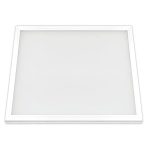Calculating the Cost: 24Hour Energy Consumption of a 100Watt LED Light Bulb
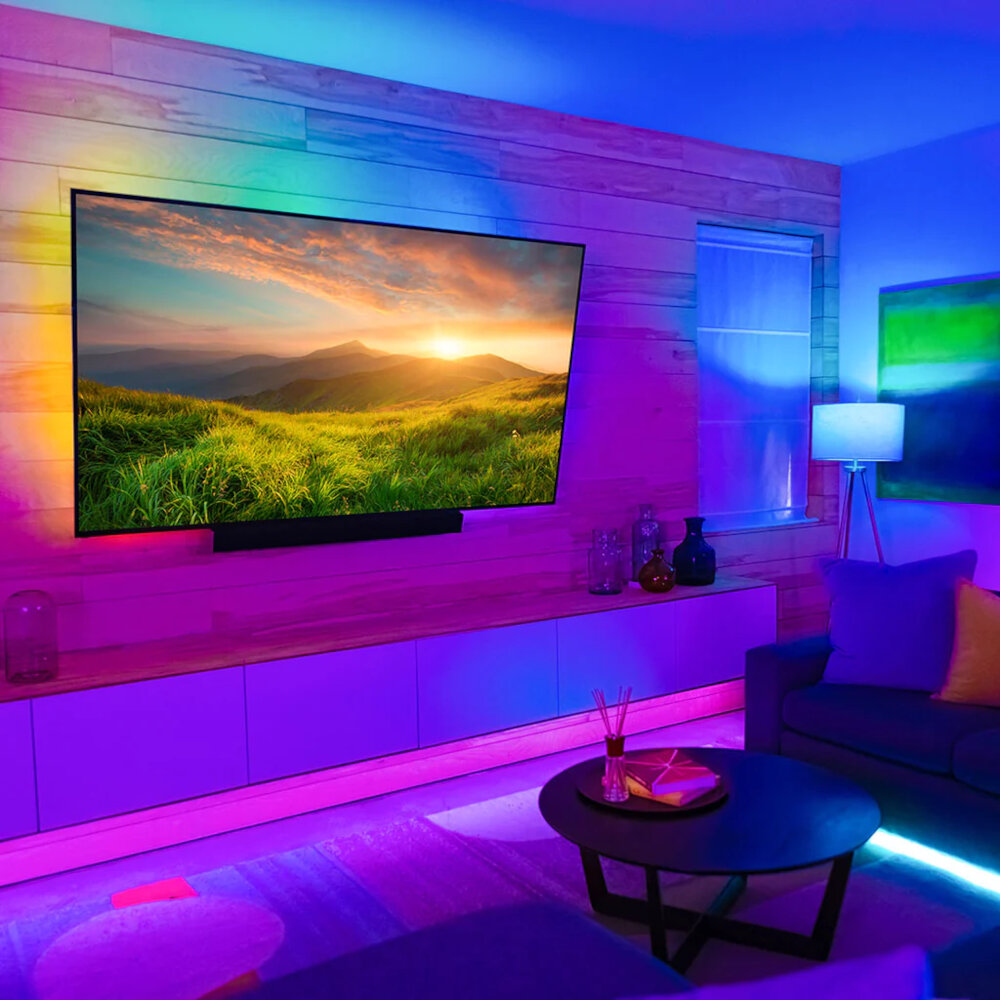
In today’s era, the awareness of energy consumption and its impact on the environment has increased significantly. With the growing concern about energy conservation, people are looking for ways to reduce their energy consumption and contribute to a sustainable future. One way to achieve this is by using energy-efficient light bulbs. LED light bulbs have gained immense popularity in recent years because of their energy efficiency and long lifespan. However, people often overlook the cost implications of using these bulbs in their homes or offices. Therefore, in this article, we will discuss how to calculate the cost of a 24-hour energy consumption of a 100-watt LED light bulb. The calculation of energy consumption can be a complex task that requires an understanding of various factors such as wattage, voltage, and usage time. Although LED bulbs consume less energy than traditional incandescent bulbs, they still consume electricity, which adds up to your electricity bill. Thus, it is essential to understand the energy consumption of these bulbs to make an informed decision regarding their usage. In this article, we will provide a step-by-step guide to calculate the 24-hour energy consumption of a 100-watt LED light bulb, enabling you to estimate the cost of using the bulb and make an informed decision regarding its usage.
Calculating energy consumption is crucial in understanding the amount of electricity used by a device or appliance, which directly correlates to the cost of utility bills. By calculating energy consumption, we are able to identify areas where we can conserve energy and reduce our carbon footprint. Not only does this help the environment, but it also saves us money in the long run. In addition, understanding energy consumption allows us to make informed decisions when purchasing appliances, as we can choose the most energy-efficient options available. Overall, calculating energy consumption is an essential step in promoting sustainability and financial responsibility.
LED technology, or light-emitting diodes, is a revolutionary way of producing light that has transformed the lighting industry. Unlike traditional incandescent bulbs, which produce light through heating a filament, LEDs use a semiconductor material to convert electricity into light. This process is much more efficient, as it produces significantly less heat and uses far less energy. Additionally, LEDs have a longer lifespan than incandescent bulbs, reducing the need for frequent replacements. LED technology has also allowed for greater flexibility in lighting design, as LEDs can be used in a variety of shapes and sizes to create different lighting effects. Overall, LED technology offers a more sustainable, cost-effective, and versatile option for lighting.
Understanding Wattage and Energy Consumption
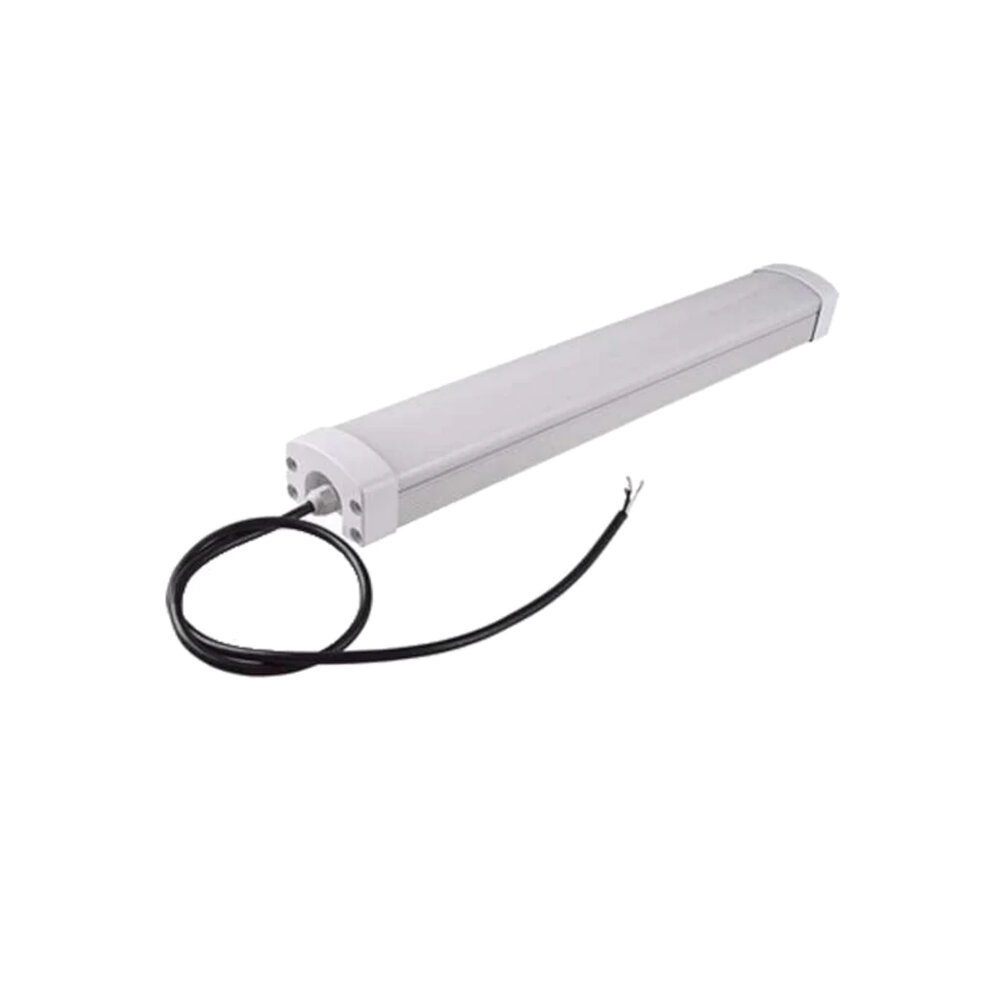
When it comes to understanding wattage and energy consumption, it is important to first understand the basic concepts of power and energy. Power is the rate at which energy is used or produced, while energy is the amount of work done. Wattage is a measure of power, and it is the amount of energy consumed or produced per unit time. In other words, wattage is the measure of how much electricity is required to power a device, such as a light bulb. Energy consumption is an important concept to consider when it comes to the use of electrical appliances. The amount of energy consumed by an appliance depends on its wattage and the amount of time it is used. For example, a 100-watt LED light bulb will consume 2400 watt-hours of energy if it is used continuously for 24 hours. This means that the total energy consumption of the light bulb would be 2.4 kilowatt-hours (kWh). Understanding the relationship between wattage and energy consumption is critical when it comes to calculating the cost of electricity usage and making informed decisions about energy usage.
Wattage is the measurement of the rate at which electrical energy is consumed or produced. It is a unit of power that indicates how much energy is being used by an electrical device at any given time. The higher the wattage, the more energy is being consumed, which in turn means a higher electricity bill. Wattage is an important factor to consider when calculating the cost of energy consumption, as it directly affects the amount of electricity used and the resulting financial impact. In the case of a 100-watt LED light bulb, the wattage plays a significant role in determining its energy consumption and the cost associated with its use over a 24-hour period.
In order to calculate the energy consumption of a 100-watt LED bulb, it is necessary to understand the concept of wattage and hours. Wattage refers to the amount of power that the bulb consumes, while hours refer to the amount of time the bulb is turned on. By multiplying the wattage by the hours of usage, we can determine the energy consumption. In this case, a 100-watt LED bulb will consume 2.4 kilowatt-hours (kWh) of electricity in 24 hours of continuous usage. This calculation can be useful in estimating the cost of energy consumption, as well as in making decisions about energy-efficient lighting options. It is important to note that LED bulbs are generally more energy-efficient than traditional incandescent bulbs, and can result in significant cost savings over time.
When comparing LED light bulbs to other types of light bulbs, there are several factors to consider. LED bulbs are known for their energy efficiency, lasting up to 25 times longer than traditional incandescent bulbs and using significantly less energy to produce the same amount of light. They also emit less heat, making them safer to use and reducing the load on air conditioning systems. While they may be more expensive upfront, the long-term cost savings make them a wise investment. Additionally, LED bulbs are available in a variety of colors and styles, making them a versatile choice for any lighting need. Overall, LED bulbs are a superior choice for those looking to reduce their energy consumption and save money on their electricity bills.
Cost of Energy Consumption
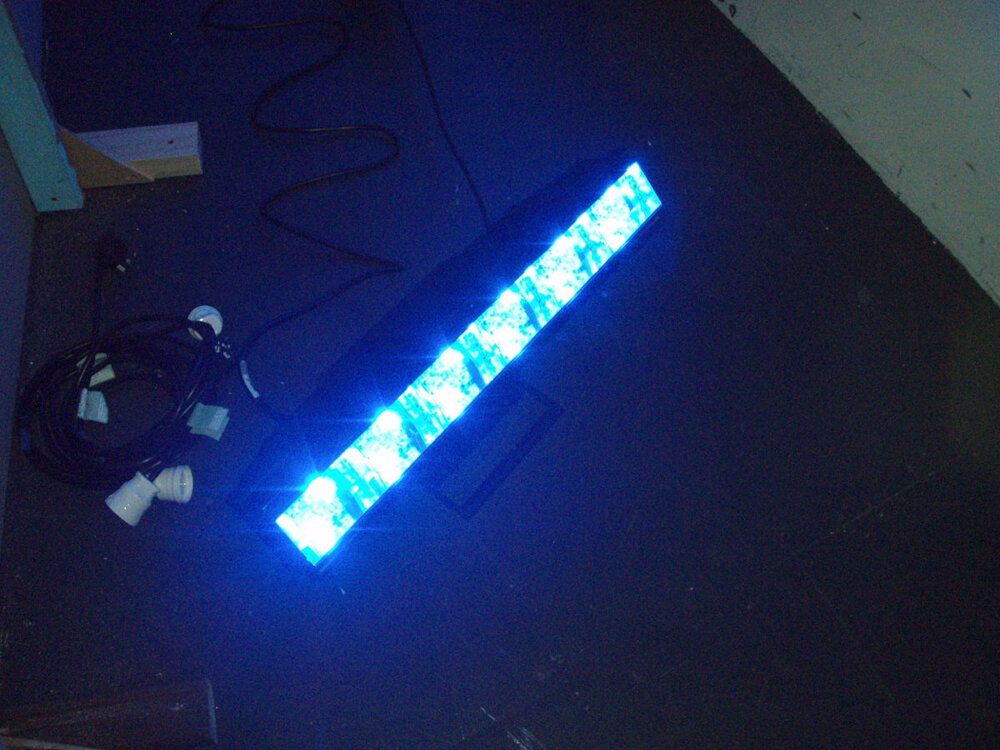
The cost of energy consumption is a crucial factor to consider when using any electrical appliance. In this day and age, where energy costs are rising, it is imperative to calculate the cost of energy consumption to keep the bills low. The 24-hour energy consumption of a 100-watt LED light bulb is a prime example of this. Despite being an energy-efficient option, this appliance can still add up to a significant cost if used frequently. Therefore, it is essential to know how much it costs to run this light bulb for 24 hours to keep track of the energy bills. To calculate the 24-hour energy consumption cost of a 100-watt LED light bulb, there are a few factors to consider. These include the cost of electricity in the region, the wattage of the bulb, and the hours of usage. For instance, if the cost of electricity is $0.12 per kWh, and the bulb is used for 24 hours, the energy consumption cost would be $0.288 for a single day. This cost may seem insignificant, but over time, it can add up to a considerable amount. Therefore, it is vital to be aware of the energy consumption cost to make informed decisions and use electricity efficiently.
Electricity rates are calculated based on a variety of factors, including the cost of generating and distributing electricity, taxes, and fees. The rate is often expressed in cents per kilowatt-hour (kWh), which is the unit of measurement for electricity consumption. Some factors that can affect the rate include the time of day, the season, and the location. For example, rates may be higher during peak hours when demand is highest, or in areas where the cost of generating electricity is higher. Understanding your electricity rate is important for managing your energy costs and making informed decisions about energy consumption.
Calculating the cost of energy consumption for a 100-watt LED bulb is a task that requires a few simple calculations. Firstly, it is important to determine the wattage of the bulb, which in this case is 100 watts. Once the wattage has been established, it is necessary to calculate the number of hours the bulb is used per day. Assuming the bulb is used for 24 hours per day, the next step is to determine the cost of electricity per kilowatt-hour. This information can usually be found on the electricity bill. Finally, by multiplying the wattage of the bulb by the number of hours it is used per day and then dividing by 1000 to convert to kilowatts, we get the daily energy consumption in kilowatt-hours. Multiplying this figure by the cost of electricity per kilowatt-hour gives us the daily cost of running the LED bulb.
When compared to other types of light bulbs, LED light bulbs are far more energy-efficient and cost-effective. Incandescent bulbs consume about 60 watts more than LED bulbs to produce the same amount of light, which leads to higher electricity bills over time. Additionally, LED bulbs have a much longer lifespan than incandescent bulbs, lasting up to 25 times longer, which means less frequent replacements, reducing both energy and maintenance costs. Compact fluorescent bulbs are slightly more efficient than incandescent bulbs but still use more energy than LED bulbs. Furthermore, LED bulbs do not contain any hazardous materials, such as mercury, which is present in compact fluorescent bulbs, making them the safer and more eco-friendly option.
Considerations for Energy Efficiency
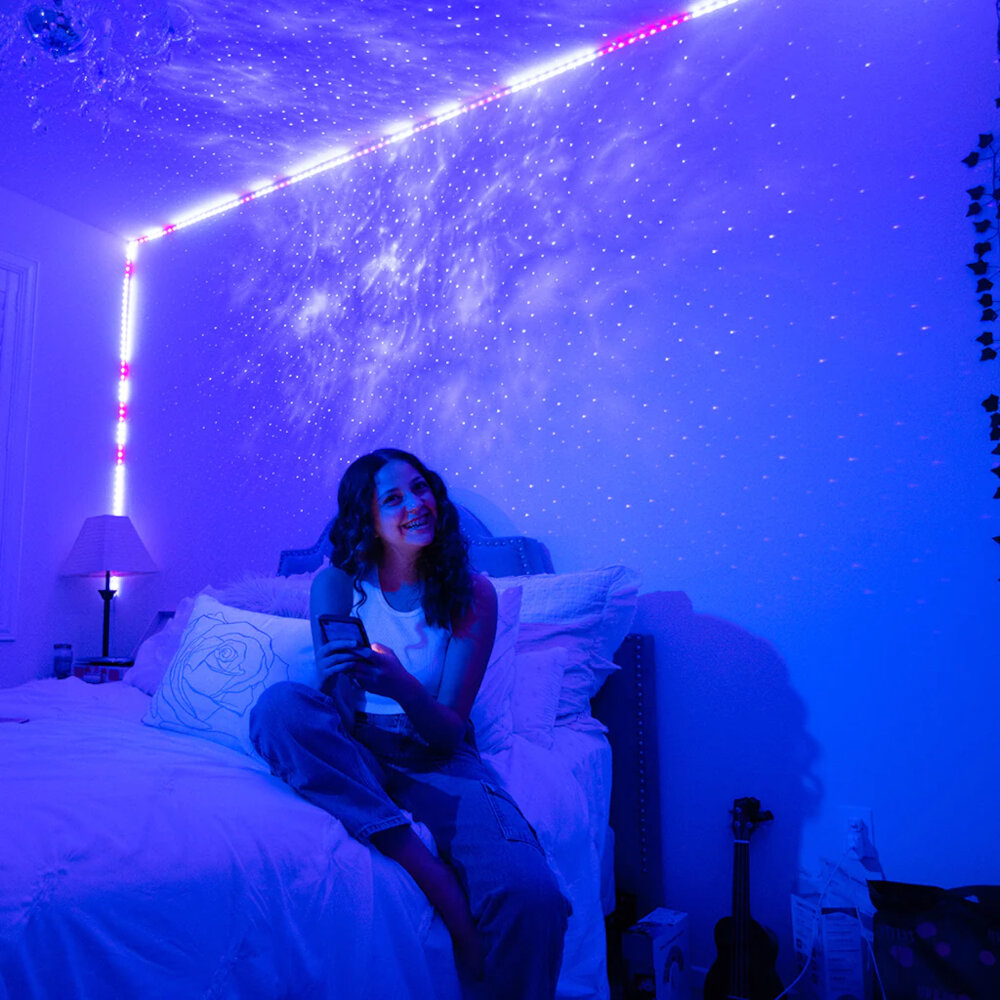
When it comes to energy efficiency, there are a few key considerations to keep in mind. First and foremost, it’s important to choose appliances and devices that are designed to use as little energy as possible. This can include everything from LED light bulbs to Energy Star certified appliances. Additionally, it’s important to make sure that you’re using these devices in the most efficient way possible. For example, you may want to consider using a programmable thermostat to regulate your heating and cooling, or using power strips to turn off devices that aren’t in use. Another important consideration when it comes to energy efficiency is the source of the energy that you’re using. While using LED light bulbs can help you reduce your energy consumption, it’s also important to consider where the electricity that powers those bulbs is coming from. If you’re using electricity that’s generated from non-renewable sources like coal or oil, then your energy consumption is still contributing to greenhouse gas emissions and other environmental problems. To truly maximize your energy efficiency, you may want to consider generating your own energy through solar panels or other renewable sources.
Energy efficiency refers to the ability of a device or system to perform its function while consuming minimal energy. It is a crucial aspect to consider when choosing appliances or designing systems. Energy-efficient devices can help reduce energy consumption and lower electricity bills. Moreover, it also helps in reducing carbon footprints, making homes and businesses more eco-friendly. In a world where resources are limited, energy efficiency is becoming increasingly important. It not only saves money but also helps in preserving the environment for future generations. Therefore, it is essential to prioritize energy efficiency in every aspect of our lives, from home appliances to transportation to industrial systems.
There are various tips and tricks that can help increase the energy efficiency of lighting in your home or workplace. Firstly, opting for LED light bulbs is an excellent way to reduce energy consumption as they use up to 80% less energy than traditional incandescent bulbs. Secondly, making use of natural light sources, such as windows or skylights can help reduce the need for artificial lighting during the day. Additionally, implementing motion-sensor lighting can ensure that lights are only used when necessary. Lastly, regularly cleaning light fixtures and replacing old or damaged bulbs can help ensure that they are functioning at their optimal level and not wasting unnecessary energy. By implementing these tips, you can not only reduce your energy consumption but also save money on your energy bills.
Energy efficiency improvements can be a great way to save money on energy bills in the long run. By making simple changes like upgrading to LED light bulbs, homeowners can save a significant amount of money on their energy bills each year. In fact, a 100-watt LED light bulb can save up to $75 a year in energy costs compared to a traditional incandescent bulb. Additionally, energy-efficient appliances and equipment can also lead to substantial savings over time. Although the upfront cost of making these improvements may seem high, the long-term savings can be well worth the investment. Overall, implementing energy efficiency measures can help not only reduce energy consumption but also save money and reduce carbon emissions.
Calculating energy consumption and cost is an essential aspect of responsible energy usage. Understanding how much energy is being used and the associated costs allows individuals and businesses to make informed decisions regarding their energy use. By monitoring energy consumption, individuals and businesses can identify areas where they can reduce energy usage and save money on their energy bills. Additionally, calculating energy consumption and cost can help in making purchasing decisions, such as choosing energy-efficient appliances and lighting options. Overall, calculating energy consumption and cost is a valuable tool for promoting energy conservation and reducing costs in both residential and commercial settings.
In conclusion, LED technology provides numerous benefits for energy efficiency. With a lower wattage requirement and longer lifespan, LED bulbs can significantly reduce energy consumption and electricity bills. Additionally, LED bulbs emit less heat, making them safer and more environmentally friendly. The cost of LED bulbs has also decreased over time, making them a more affordable option for households and businesses. Overall, switching to LED technology is a simple yet effective way to decrease energy usage and promote sustainability.
Conclusion
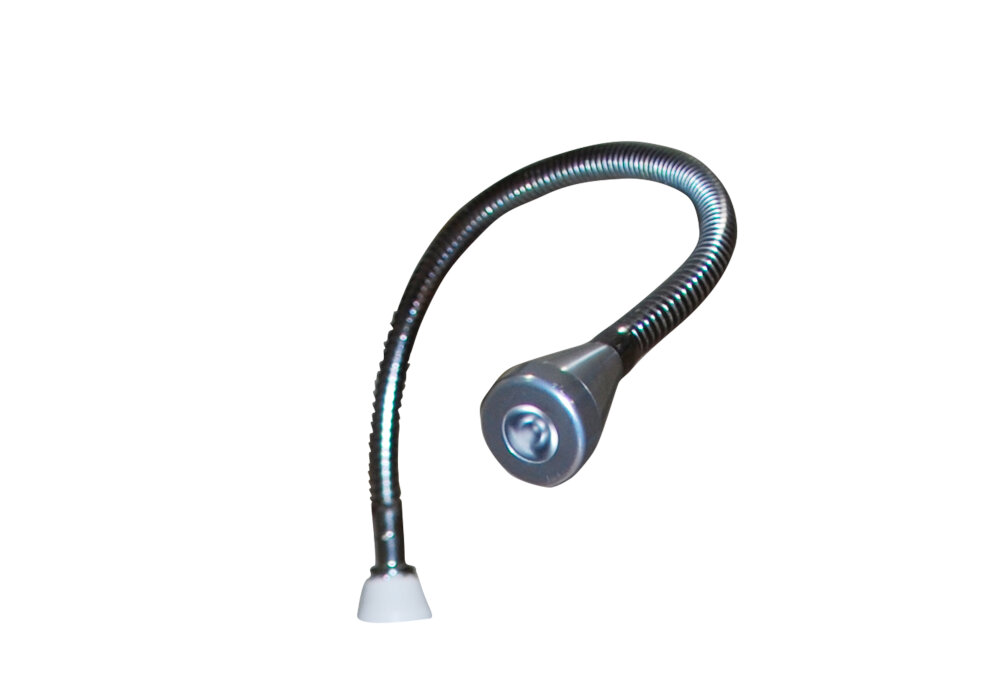
In conclusion, calculating the 24-hour energy consumption of a 100-watt LED light bulb is crucial for individuals who want to manage their energy bills effectively. With the rise of energy costs, understanding the amount of energy consumed by appliances and electronics in our homes is essential. The 100-watt LED light bulb is an energy-efficient option that can help reduce energy consumption and costs. By using tools such as watt meters and energy calculators, individuals can estimate the amount of energy that will be consumed by their LED light bulbs in a day, week, or month. It is important to note that the energy consumption of a 100-watt LED light bulb may vary depending on factors such as usage patterns and the condition of the bulb. Nonetheless, understanding the energy consumption of LED light bulbs can help individuals make informed decisions about their energy usage and reduce their carbon footprint.


